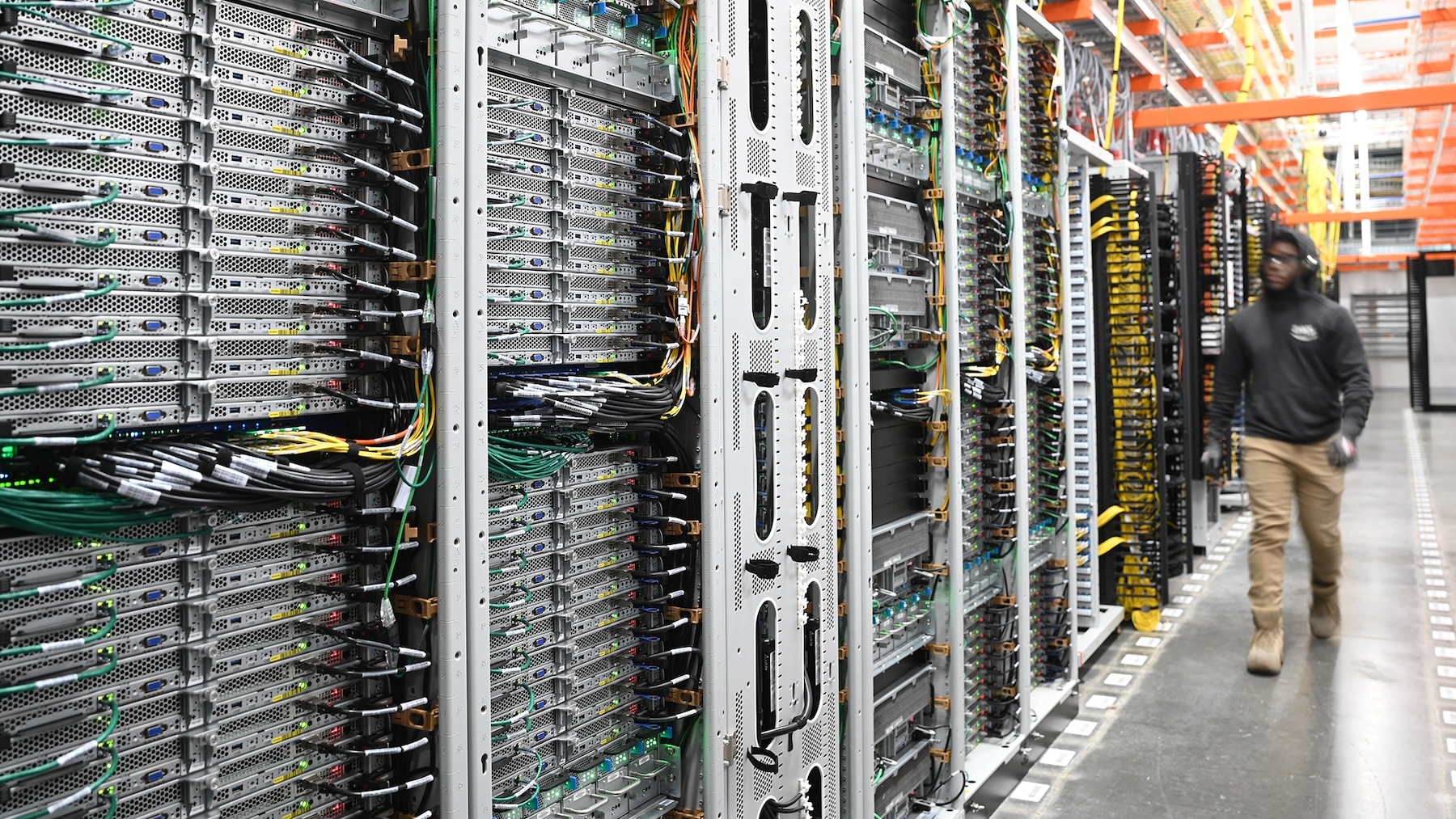The global landscape of data centers is changing rapidly and with a clear direction: towards the hands of hyperscale giants. According to the latest report from Synergy Research Group, by the end of the first quarter of 2025, there will be 1,189 large-scale data centers operated by hyperscale companies, which already account for 44% of the total installed capacity worldwide.
The study confirms a radical transformation compared to just six years ago, when on-premise data centers held 56% of global capacity. Today, that figure has dropped to 34%, and forecasts indicate that by 2030 it will further decrease to represent only 22% of the total.
Colocation capacity, meaning shared space in third-party data centers, currently represents an additional 22% of the total, although its share will gradually decline in the coming years. Nevertheless, the report notes that this segment will continue to grow at rates close to 10% annually.
Artificial Intelligence Accelerates Hyperscale Expansion
The major driving force behind this evolution is the growth of digital services, particularly the rise of generative artificial intelligence (GenAI). The workloads associated with AI are accelerating the demand for specialized infrastructure, such as GPUs, and major tech companies are responding with a rapid expansion of their own data centers.
In the words of John Dinsdale, chief analyst at Synergy Research Group, “the cloud and other key digital services have been the main drivers of capacity expansion, but the rise of AI is adding an even stronger new impetus.” Dinsdale also warns that distribution varies by region: in the United States, the proportion of owned hyperscale data centers is much higher than in Europe, the Middle East, and Africa (EMEA) or in Asia-Pacific (APAC). Nevertheless, all three regions share a common trend: double-digit increases in total capacity until 2030, with an annual increase of at least 20% in owned hyperscale capacity.
The On-Premise Model Endures but Loses Ground
Despite the growing dominance of hyperscale, on-premise data centers are experiencing a slight uptick due to the demand for AI and specialized computing, although it will not be enough to halt the loss of market share. The report estimates that these centers will lose about two percentage points of market share each year over the next decade.
This adjustment reflects a structural shift in how companies manage their digital infrastructure. Hyperscale operators—such as Amazon Web Services, Google Cloud, Microsoft Azure, and other major SaaS, IaaS, social media, e-commerce, and gaming platform operators—are building and operating their own facilities at an unprecedented pace, displacing more traditional models.
A Sector in Full Reconfiguration
With this data, Synergy confirms that the data center sector is undergoing a global reconfiguration. The report is based on quarterly tracking of over 320 colocation companies, as well as detailed data on enterprise hardware and installed capacity in each region, country, and metropolitan area.
The conclusion is clear: while the total capacity volume continues to grow, the future protagonists will be the large hyperscale operators. Organizations that rely on their own data centers will need to adapt to this new reality or find hybrid ways to operate in an increasingly competitive, automated, and efficiency-driven market.
Source: Synergy

